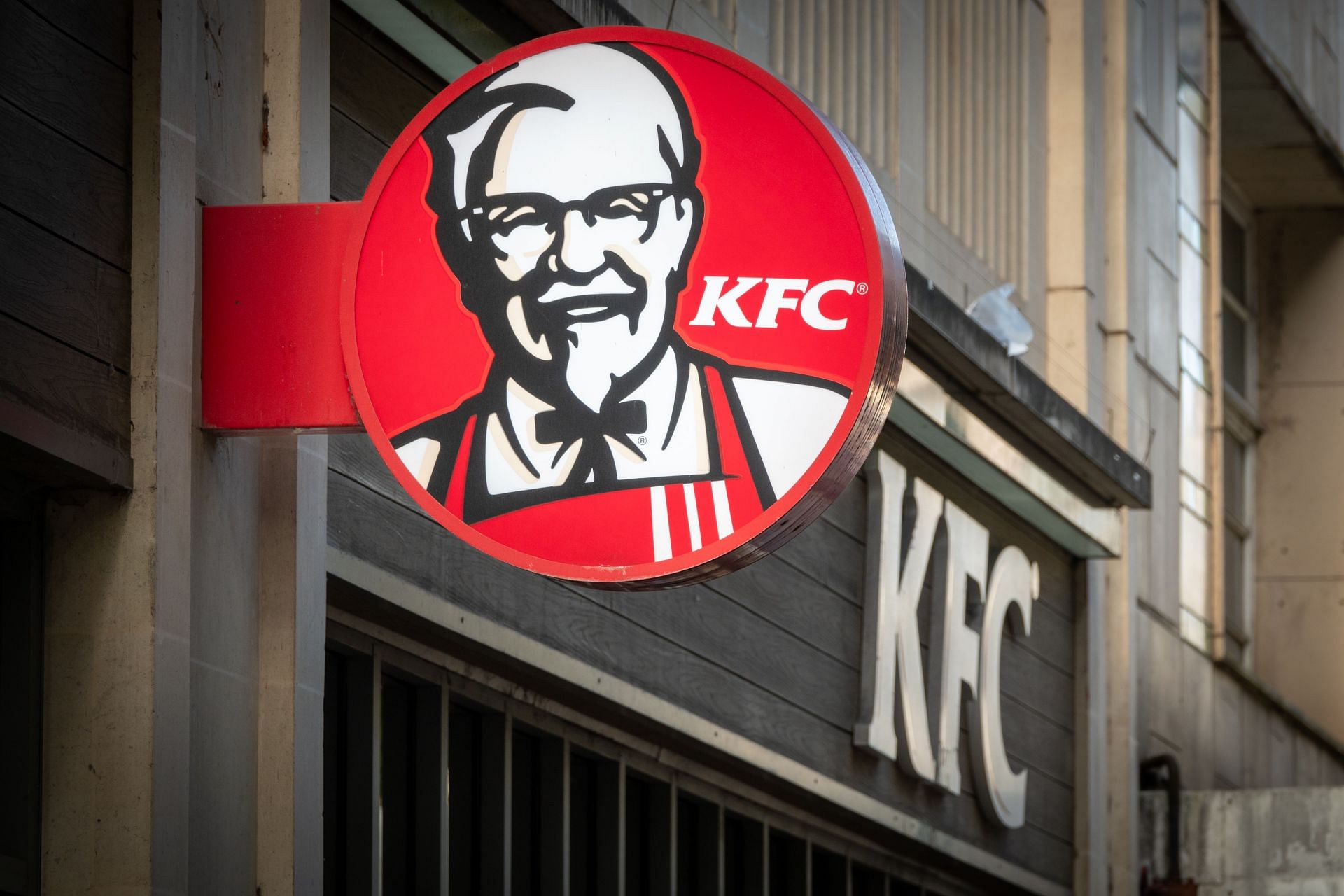KFC joins McDonalds as fast food to avoid:
https://www.sportskeeda.com/pop-cult...alism-theories
'"Are they telling us there's human meat in the chicken?" — Internet in disbelief as latest KFC ad sparks cannibalism theories
By
Bias Sinha
Modified Mar 23, 2025 16:37 GMT
KFC'S new commercial promotes cannibalism. THIS IS ABSOLUTELY DISGUSTING!
https://x.com/_TruthZone_/status/1903178766379258434
Easier to read the entire article from the first link






 Reply With Quote
Reply With Quote




Bookmarks